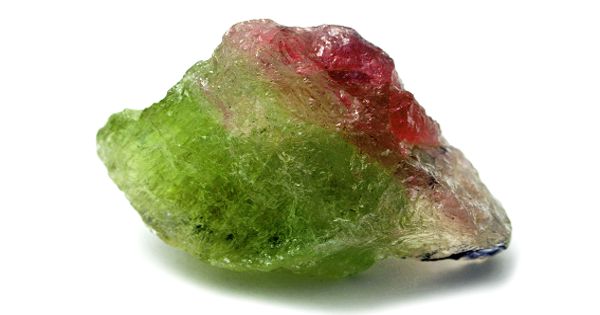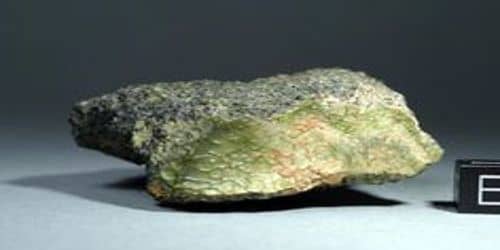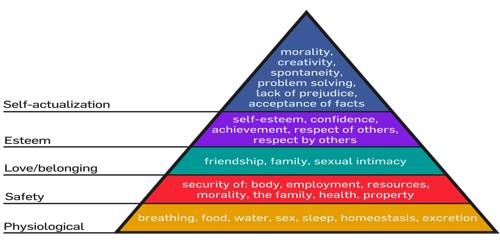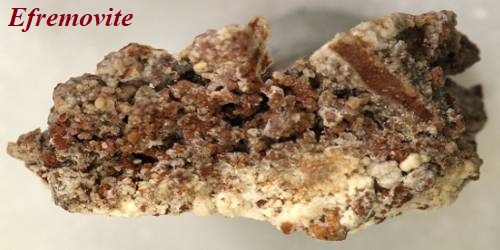Elbaite is a sodium-lithium-aluminum borosilicate mineral of the tourmaline group, prized as a gemstone. It is sodium, lithium, aluminum boro-silicate, with the chemical composition Na(Li1.5Al1.5)Al6Si6O18(BO3)3(OH)4, is a mineral species belonging to the six-member ring cyclosilicate tourmaline group. It is the most well-known and valuable form of Tourmaline.
Elbaite forms three series, with dravite, with fluor-liddicoatite, and with schorl. It is perhaps the most multicolored mineral, coming in virtually every color of the spectrum. Due to these series, specimens with the ideal endmember formula are not found occurring naturally.
Elbaite is allochromatic, meaning trace amounts of impurities can tint crystals, and it can be strongly pleochroic. Multicolored crystals of Elbaite are well known and unsurpassed in beauty. Every color of the rainbow may be represented by elbaite, some exhibiting multicolor zonation. A green or blue Elbaite can appear black when viewed from such an angle. Microscopic acicular inclusions in some elbaite crystals show the Cat’s eye effect in polished cabochons.
General Information
- Category: Cyclosilicate
- Formula: (repeating unit): Na(Li1.5Al1.5)Al6Si6O18(BO3)3(OH)4
- Crystal system: Trigonal
- Crystal class: Ditrigonal pyramidal (3m)
- Color: Green, red to pink, blue, orange, yellow, colorless, multicolored
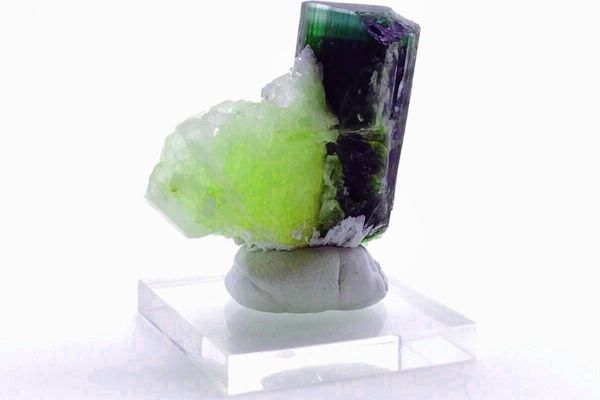
Properties
The many varied colors of Elbaite make it arguably the most colorful of the precious stones. Elbaite contains many various names based on color. A beautiful blue variety is called indicolite, the pink to red variety is called rubellite, the green variety is known as verdelite, while the most famous variety is a pink and green combination called watermelon tourmaline.
- Crystal habit: Prismatic; striated
- Cleavage: Poor/indistinct on {1120} and {1011}
- Fracture: Sub-conchoidal
- Mohs scale hardness: 7 ½
- Luster: Vitreous
- Streak: White
- Diaphaneity: Transparent to opaque
- Density: 2.9–3.2
- Optical properties: Uniaxial (-)
Occurrences
As a gemstone, elbaite is a desirable member of the tourmaline group because of the variety and depth of its colors and the quality of the crystals. It is strongly pleochroic which means that a transparent crystal will appear darker when viewed down the long axis of the crystal. Originally discovered on the island of Elba, Italy in 1913, it has since been found in many parts of the world. In 1994, a major locality was discovered in Canada, at O’Grady Lakes in the Yukon.
Elbaite forms in igneous and metamorphic rocks and veins in association with lepidolite, microcline, and spodumene in granite pegmatites; with andalusite and biotite in schist; and with molybdenite and cassiterite in massive hydrothermal replacement deposits.
Information Source:
